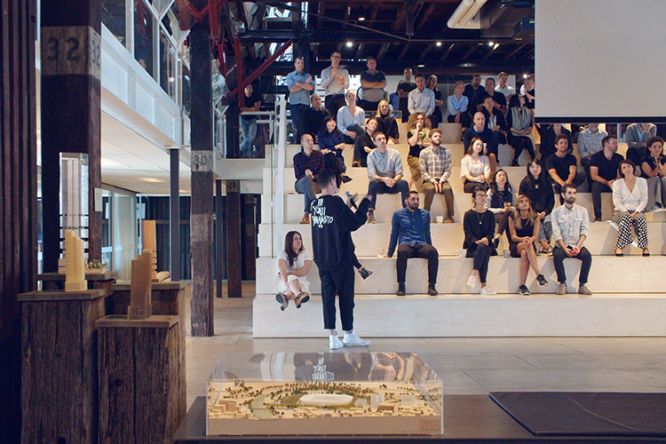How does Parental Leave Policy Benefit the Architecture Industry?
- 5 min read
- July 18, 2024
The architecture industry remains one of the most male-dominated industries. Despite women making up half of architecture students, only 17-18 percent of licensed architects are women. It is predicted that it won’t be until around the year 2222 that women will achieve 50 percent leadership in architectural firms.
How does the parental leave policy benefit women in the architecture industry?

Challenges of Being a Woman Architect
“Women are the ghosts of modern architecture, everywhere present, crucial, but strangely invisible,” – Beatriz Colomina
Termed “the missing 32 percent,” during the American Institute of Architects’ San Francisco chapter event, the committee aimed to uncover the challenges within the profession. By 2015, 70 percent of the women cited that along with the inability to work remotely, job-share, or maintain flexible hours, as reasons for the underrepresentation of women in architecture.
Given the option between hiring a man with lower-cost benefits and hiring a woman with mandated and costly leaves, businesses often prefer the former. This can pose particular challenges for women who often juggle career responsibilities with caregiving duties at home.
To shift this mindset, it’s crucial to highlight and consistently demonstrate the value that women contribute to their work.
Women Representation in Architecture

Parental Leave Policies in Architecture



During the initial six months after Perkins+Will implemented the new policy, 44 employees utilized this benefit. Among these individuals, new mothers accounted for 54.5 percent, while new fathers comprised 45.5 percent.
Conclusion
Addressing the gender imbalance in architecture requires a concerted effort from all stakeholders in the industry. This includes implementing policies that support work-life balance, such as parental leave and flexible work arrangements, creating more opportunities for women to advance into leadership positions.
At MGS, we are committed to fostering an environment where everyone can thrive. We support all employees, especially working parents, with flexible leave policies and adaptable work-from-home options. These measures help our team balance personal and professional responsibilities, creating a more productive workplace for all.
By taking these steps, the architecture industry can create a more equitable and inclusive environment for women, which will ultimately benefit the profession as a whole.
Was this insightful? Give a thumbs up or post a comment.
For more of our blogs, check out https://mgsglobalgroup.com/blog/.




